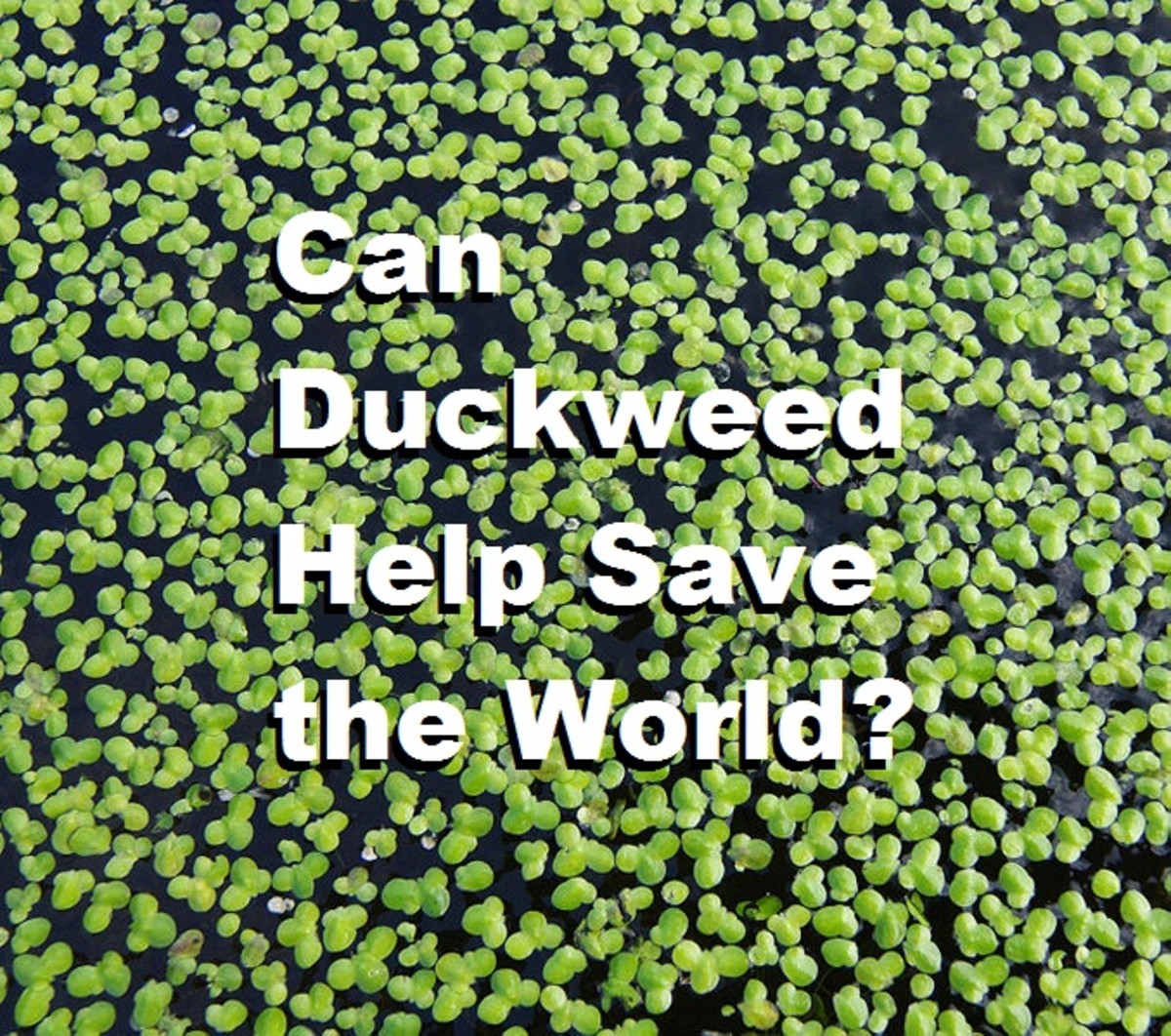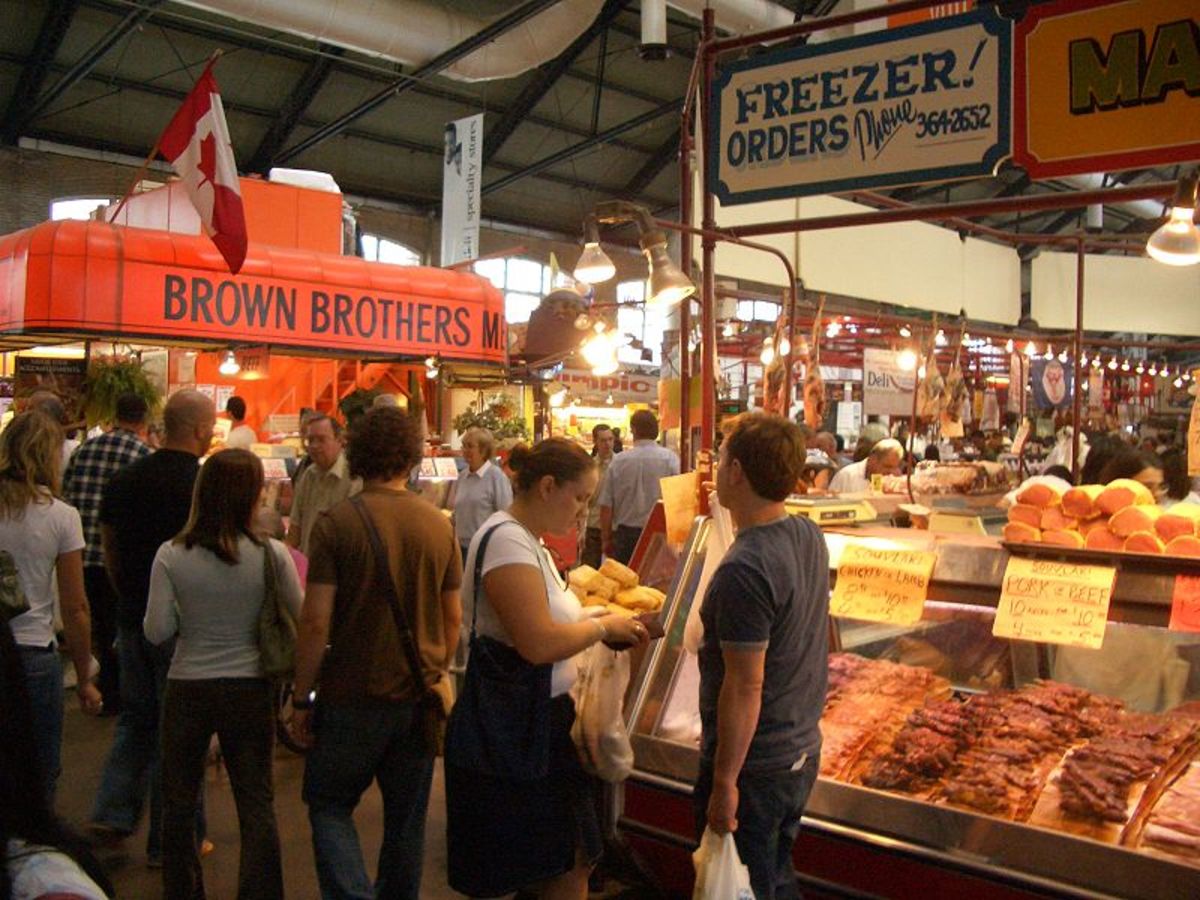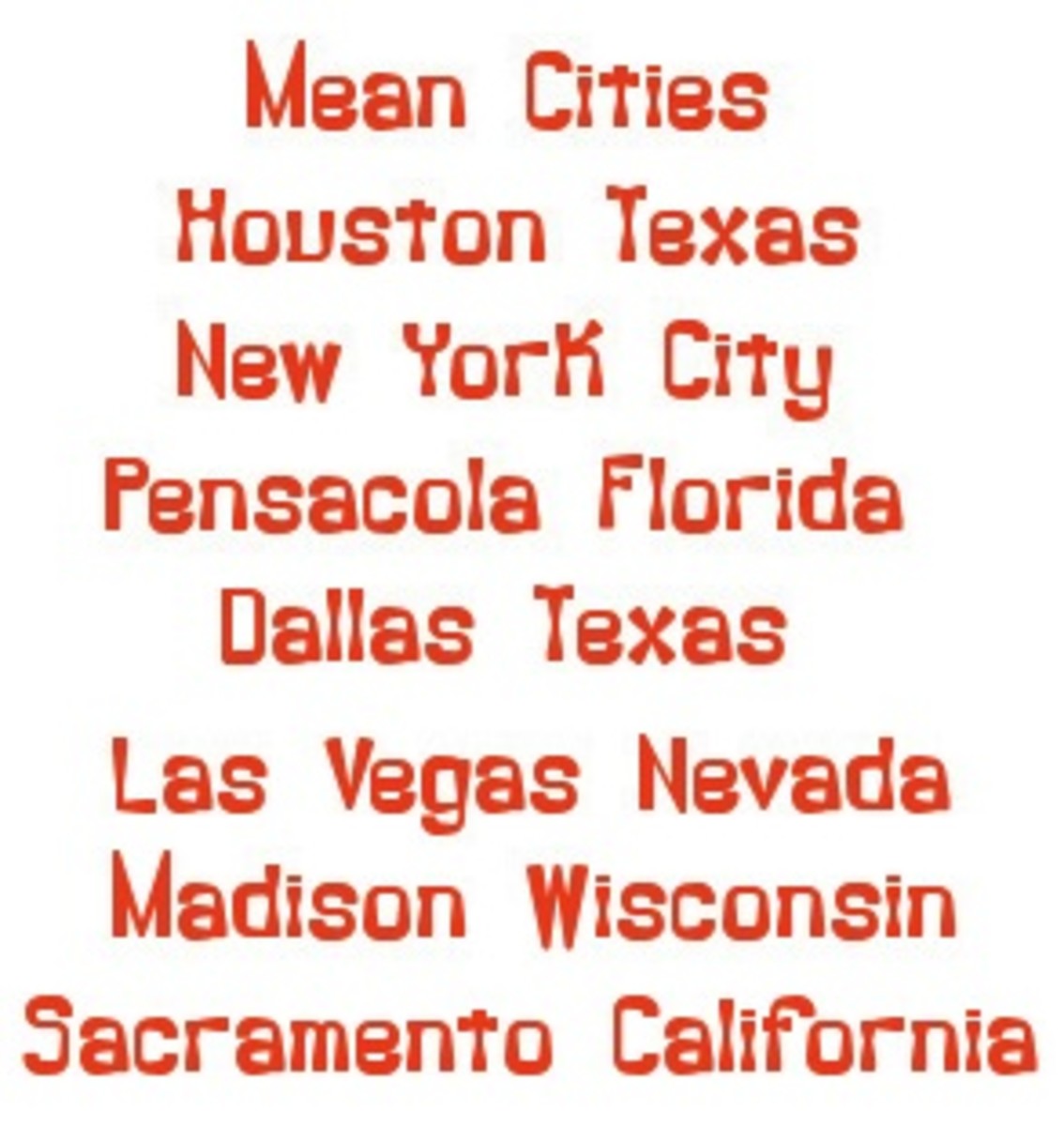Food Deserts
Various Ways a food desert is created
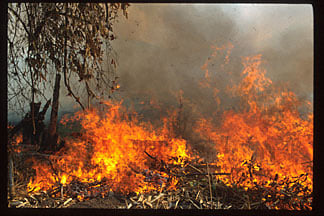
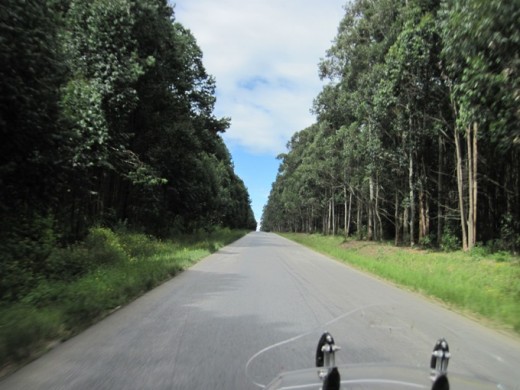
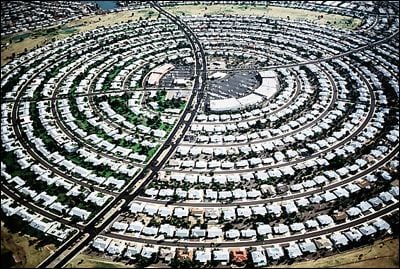
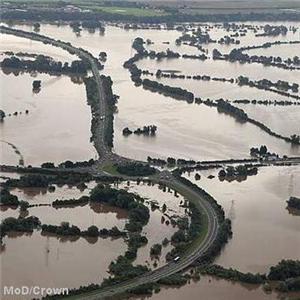
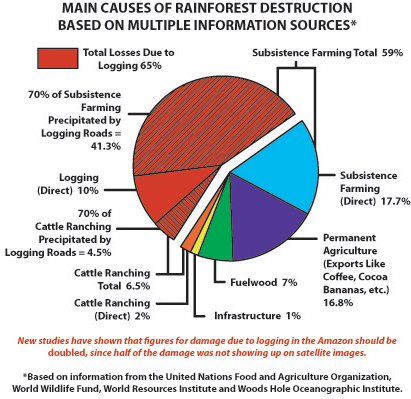
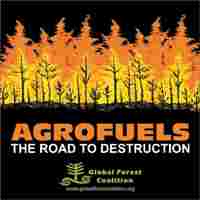

Cash Crops versus Food for People
Food deserts are found in areas where land is used for growing cash crops that are exported for profit. They range around the world where land is absorbed to grow cash crops at the expense of growing food locally for the need of local people. Even in Canada and the US there are food deserts, leaving people to rely on fast foods like convince stores, McDonald's, Burger King, Wendy's, Kentucky Fried Chicken and pizza joints. What is lacking in all of theses food deserts is access to fresh vegetables and fruits. Also there is often a dearth of fresh produce in grocery stores simply because it is not locally available. This tendency concentrates in poor areas like the US south, Africa, S. America and some regions of India. As a result, people who are poor and have no access to fresh produce are forced to rely on fast food restaurants with the result of increasing health problems like obesity, heart problems and diabetes.
In a world where food is produced for profit, people who don't have capital, are left out of the picture and food is as hard to get as a controlled substance after a successful crack down and bust. In fact, food is a controlled substance and unless you have the cash, you can't get what you need to eat except through charity, which can be spotty. This is what is behind the “no market” myth when so called food surpluses are destroyed, leaving many people without and driving up prices for what is left. Many areas of the world are devoted to a single crop in a monoculture method of making profit through cash crops. In the south US, it used to be cotton, but now it is produce that is shipped north with very little or none left behind for locals. In Africa it is cocoa for the production of chocolate. In Southern Canada, the northern Midwest of the US it is tobacco and in Mexico and corn grown for ethanol production. The corn of ethanol in Mexico has led to a food crisis in the region by pushing up the price of corn tortillas out of the range of the majority of the poor peasants. This leads to periodic social unrest. Some regions have been taken over for the actual production of controlled substances like cocaine, heroin and marijuana and this land is thus not being used for food production. As there is a high demand for these drugs, large tracts of land all around the world are devoted to growing controlled substances.
In South America, land is cleared for cattle grazing for the meat that goes into the fast food burger joints. The land is cleared in the traditional slash and burn method. After three years, the land contains few nutrients and is left while the next region is slashed and burned. In the past, the jungle would take over, but the jungle is rapidly being gobbled up and the abandoned farmland becomes new deserts. In much of the Amazon rain forest, the region is planted in Eucalyptus trees that is grown for paper, most of which becomes toilet tissue. Local species are squeezed out leaving almost nothing but eucalyptus, starving native and termites. Everything else has left; birds, mammals, amphibians, insects, almost all of it. This region is now remarkable in that it is a green desert of eucalyptus that supports nothing else including the people forced to live there. The land is so devoid of nutrients and moisture that nothing else will grow. The result is the same everywhere. There is little or no land left over for the production of locally needed food. The result is overly priced produce of poor quality.
Another problem creating food deserts is a continuing trend toward urbanization as people are forced off the land for cash crop production and who end up in cities to find work. The city expands, often with shanty towns on the periphery that eats into land that can be used to grow food. One area of the world that is suffering most from this is China, where development of all sorts is dramatically cutting into agricultural lands with factories, new cities and the Three Gorges Dam that displaced over three million people in the flood zone behind the dam. All of that land that used to grow food for locals is now underwater. In Afghanistan, the cash crop of choice is the opium poppy, while in Columbia, it is the coca plant that is grown for cocaine production. Both of these countries have experienced biological war attacks using a fungus that infects and kills these plants. Unfortunately, the same fungus also infects and kills food plants and so they end up being a twofold food desert.
People have been fighting back around the world, albeit in a very limited fashion through container growing, roof gardens, guerrilla gardening and the like. But the fight needs to be more extensive and all inclusive. Local food means less of a carbon footprint. With the way entire regions are designated for monoculture cash crop production, these concentrations have to be shipped from there all around the world to viable markets with a huge impact of green house gasses. If instead, these were grown locally in greenhouse enclosures, the carbon impact would be substantially reduced.
Flooding is occurring in Austraila and everywhere else
But in some regions in of the world, it is now illegal to organically grow food and/or medicinal herbs. This seems like a contradiction of peoples' innate rights to grow food on their own land, but powerful lobbyists for various interests have seen to it that laws are enacted to control how people farm on their property, that is if it is even fully titled in deed, which most of the time it is not and it is the collateral held by banks against mortgage loans. Legally indentured holders and users of property are thus subject to agreement changes that are made from time to time by the legal holders of property titles. This not only includes changes in terms of service fees and interest, but uses that the property may be put to while under the control and ownership of the legal holder. If the title holder in the form of the bank does not agree to allow the property to be used for growing any item, they can enforce that decision on the indentured tenant to follow that decree. Conversely, it the tenant who is paying a mortgage down wishes to use the property for a specific reason, including renovation of buildings, agricultural or business, they have to get written and often notarized permission from the owner; in most cases, the bank. The person who holds the mortgage can only do anything with the permission of the deed holder while they are still paying down the loan. At any time, if the loan goes into default and then foreclosure, the tenant is then required to surrender everything to the holder of title; the bank, and leave. Only when they have paid the mortgage in full and obtain title, can they then be free to do what they want unless the government from city to country says otherwise. In this rare condition, the government can expropriate the property for something as simple as the failure to pay property taxes or if there is a decision to obtain it for right of way for some purpose like highway building, suburb construction, dam construction or mining. Even here there proves to be little leeway.
The vagaries of nature also play a part. The recent earthquake and tsunami in Japan ruined thousands of square kilometers of rice growing regions all along the coast when they were inundated by salt water. Similarly, record flooding from Manitoba and Saskatchewan down to the Gulf of Mexico all along the Mississippi corridor has ruined this years planting. In order for “valuable real estate” in the flood plains to be spared, levees are being deliberately destroyed on order from governments at all levels with the result of the loss of this years crop. In Canada alone, this accounts for the loss of 15 percent of the world's annual production over last year. Translated into people who are now in danger of starvation from this single loss, it means that over a billion people are threatened with starvation. But Canada is not alone! There is the loss in the US and from Australia that had Biblical scale floods that ruined everything. There is flooding going on in many other regions as well.
Food deserts are created yet another way. With the deliberate destruction of food like the live burial of three million pigs in S. Korea and the dumping of several million gallons of milk into fields in Belgium, we are seeing less food for people due to a crisis of overproduction combined with “no market” due to lack of cash, increasingly a problem due to debts, inflation-devaluation and war. World climate is in chaos making agriculture, even in well established regions a challenge. With all of this plus the increasing infertility of world agricultural regions due to overproduction, there is a multiple combined threat unfolding in our midst. The winter of 2011 – 2012 could be a winter of severe discontent and hunger for most people. Following this is the threat of lack of nutrition based disease. This is a last minute warning of things to come as they stand now in the face of multiple pressures and losses. If there is no change in the immediate future, the view is for the beginnings of social unrest that there is already a foretaste of all over north Africa and the Middle East. Despite what may have been said elsewhere, in many cases, this is a direct result of rising prices in falling economies and the inability to buy food and/or water.
Not only cities, towns and nuclear reactors were destroyed, but crops and cropland too
Living in a flood Zone
- Living in a flood zone
Few areas are free of a flood threat. floods can catch us totally unprepared. If for any reason, you live in a flood zone, tou should be prepared, even for the unexpected Floods can destroy everything you... - Animals an Average Person Eats in a Lifetime
People who eat that cash crop, meat require more arable land in order to eat as the animals need to eat before we eat them. This decreases land for crops such as vegetables, grains, nuts and the like that can be grown directly for human food use. - Guerrilla Gardening
Be one among the few, the proud, the green. Don your balaclava and camouflage, grab your spade, pitch fork, trowels, seeds, fertilizer (organic of course) and head to your nearest unused patch of city land or...


